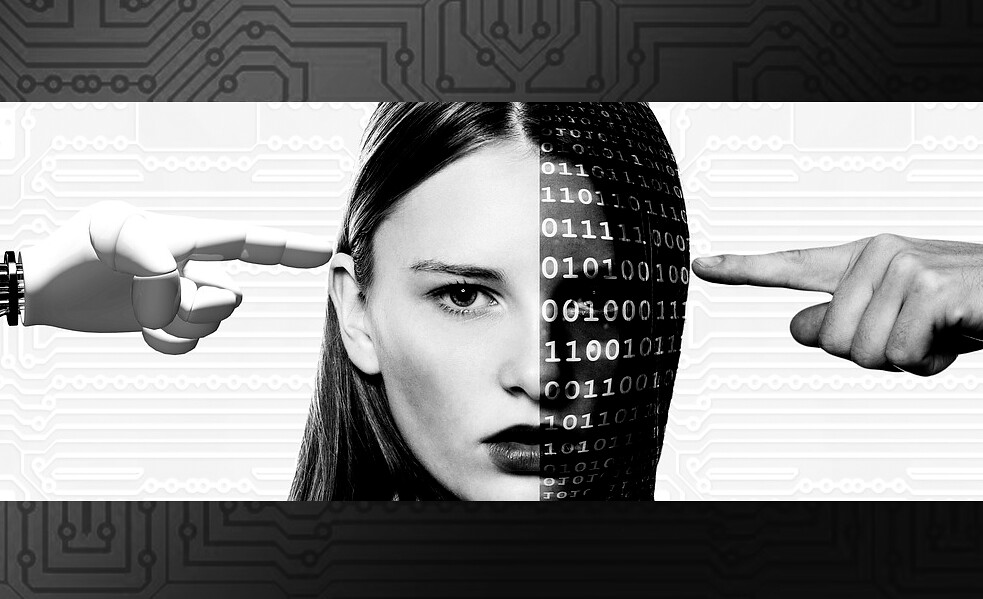Understanding the Threat of Deepfake Technology
The rise of deepfake technology has raised concerns in digital and real world settings. This advanced form of intelligence allows for the creation of highly lifelike videos and audio recordings that portray individuals engaging in actions or making statements they never actually did. The impact of deepfakes extends across sectors influencing areas such as politics, entertainment, cybersecurity and personal privacy.

It is essential for both consumers and professionals to grasp the workings of deepfakes and the risks they pose.
Exploring the Inner Workings of Deepfake Technology
Deepfakes are crafted using AI methods like deep learning and neural networks. These technologies analyze datasets containing images, videos and audio to produce new content that closely resembles the original material. The process typically involves two elements; the generator, which fabricates fake content and the discriminator, which assesses its authenticity. Through a process between these components known as Generative Adversarial Networks (GANs) deepfakes are continuously refined to appear more convincing over time.
A crucial factor enabling deepfakes is access, to datasets that fuel the AIs learning processes. These datasets can range from social media posts to video collections providing ample resources for the technology to generate realistic outputs.
While the use of deepfake technology has applications in industries such as filmmaking and virtual reality its misuse presents significant risks.
Implications on Politics and Society
Deepfakes have garnered attention for their potential to disrupt political processes. For instance a manipulated video could falsely portray a politician making statements impacting public perception and potentially influencing election results.
This concern extends beyond politics to spheres where individuals reputations could be damaged by false portrayals. Picture a scenario where someones image is used in compromising situations without their consent; the consequences could be severe.
Furthermore deepfake technology can worsen existing problems like misinformation and fake news. With the ability to produce content that appears genuine verifying the accuracy of information becomes more complex.
- Manipulation in Politics
- Harm to Reputation
- Spread of Misinformation
Cybersecurity Concerns
Deepfakes pose cybersecurity risks as well. Cybercriminals can leverage this technology to create phishing scams or social engineering attacks. For example a deepfake video showing a CEO instructing an employee to transfer money could result in financial losses.
Moreover this technology opens up avenues for identity theft. Deepfake audio can be utilized to impersonate individuals, in phone frauds or bypass voice activated security measures.
Addressing these cybersecurity threats necessitates detection techniques and updated security measures. Organizations need to stay on their toes and adjust their defenses to combat these attacks.
Legal and Moral Issues
The rapid progress of deepfake technology has surpassed the legal frameworks meant to tackle its misuse. Existing laws may not fully address the challenges posed by deepfakes calling for new regulations and guidelines.
Several nations are starting to implement laws aimed at fighting against the use of deepfakes. For instance California passed a law that bans the distribution of deepfake videos within 60 days of an election (cnet.com). However enforcing these laws presents a challenge.
From a standpoint using deepfake technology raises concerns about consent and privacy. It's crucial for individuals to have control over how their imagesre used, especially in ways that could be harmful.
Strategies for Detection and Mitigation
Spotting deepfakes is a hurdle that requires advanced tools and methods. Researchers are working on techniques to pinpoint inconsistencies in fake content, such as irregular patterns in blinking or unnatural facial movements.
Companies like Facebook and Microsoft have launched initiatives to enhance their capabilities in detecting deepfakes. For example Facebooks Deepfake Detection Challenge is aimed at speeding up research efforts in this area by providing datasets, for testing (theverge.com).
| Approach | Explanation |
|---|---|
| Manual Review | Involves experts examining content manually for discrepancies. |
| AI Powered Detection | Uses machine learning algorithms to flag content. |
| Blockchain Verification | Utilizing technology to confirm the authenticity of digital files. |
The Future of Deepfake Technology
The upcoming landscape of deepfake technology is expected to witness advancements in creation techniques and enhancements in detection methods. As the technology progresses so will the strategies for reducing its risks.
A comprehensive approach involving solutions, legal frameworks and public awareness efforts is crucial for tackling the challenges posed by deepfakes. Collaboration among governments tech firms and academic institutions will be pivotal in shaping a secure digital space.
The threat posed by deepfake technology is evident. From manipulation to cybersecurity vulnerabilities the potential for misuse is significant. Addressing these issues necessitates an understanding of how deepfakes operate and what steps can be taken to lessen their impact.
Keeping abreast of the developments in deepfake identification and governance will be essential in navigating this intricate matter. By merging progress, with ethical considerations society can effectively manage the risks linked with this influential technology.